New Report: How Behavioral Analytics Help FIs Block Fraud At The ITM
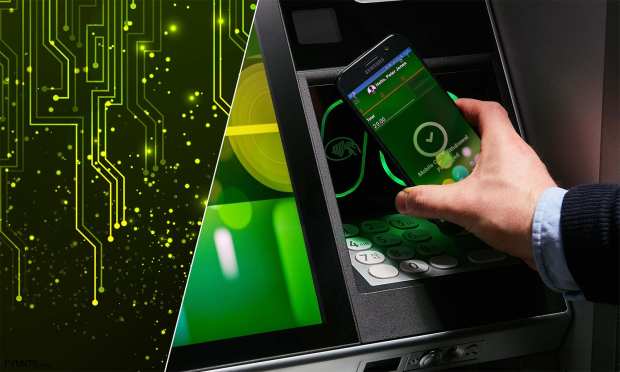
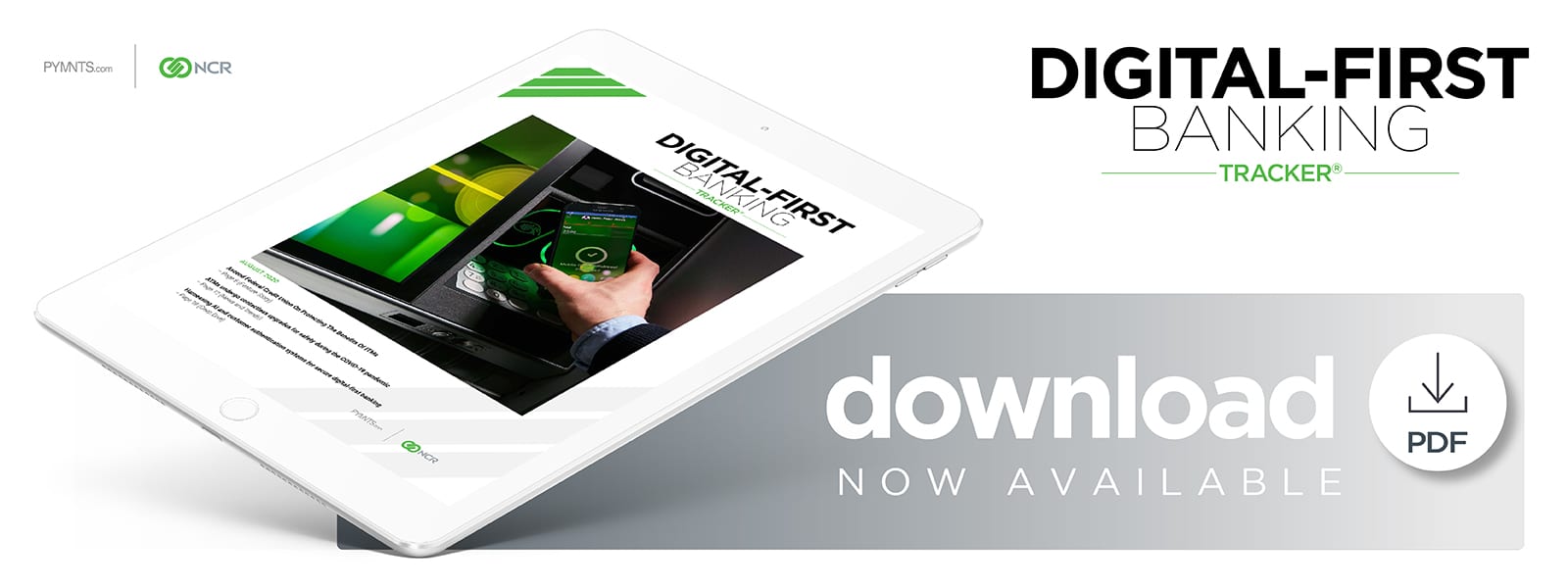 Digital banking is reaching unprecedented levels of popularity amid the pandemic, with 89 percent of American bank customers using mobile banking apps to manage their savings and checking accounts. This popularity is not expected to decline once the virus wanes, with the number of online and mobile banking users expected to hit at least 3.6 billion by 2024.
Digital banking is reaching unprecedented levels of popularity amid the pandemic, with 89 percent of American bank customers using mobile banking apps to manage their savings and checking accounts. This popularity is not expected to decline once the virus wanes, with the number of online and mobile banking users expected to hit at least 3.6 billion by 2024.
Mobile banking is under constant attack from fraudsters, however, who are targeting both customers’ funds and personal data, such as account numbers, Social Security numbers, payment card data and login credentials. Up to one in five account openings are believed to be fraudulent, but financial institutions (FIs) are deploying a number of countermeasures to protect themselves and the customers, including biometrics and artificial intelligence (AI).
In the August Digital-First Banking Tracker®, PYMNTS explores the latest in the world of digital-first banking, including how the pandemic is driving ATM innovation, how FIs are protecting both digital accounts and ATMs from potential fraudsters, and the new cybercrime-fighting techniques that are revolutionizing the digital banking industry.
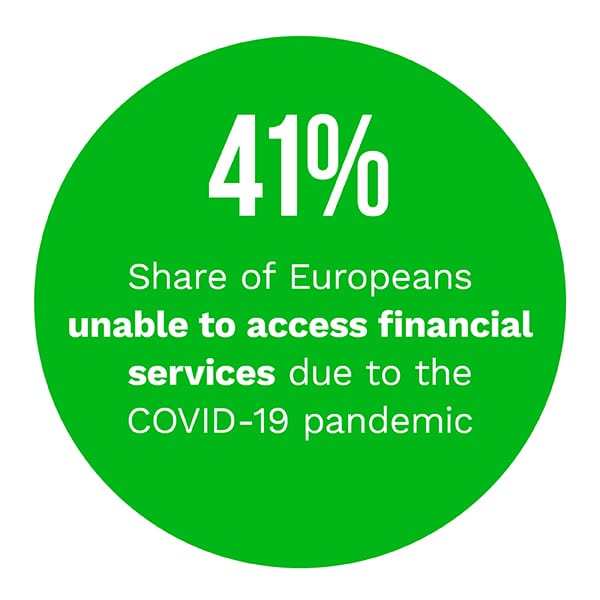 Developments From Around The World Of Digital-First Banking
Developments From Around The World Of Digital-First Banking
ATM usage has been severely affected by the pandemic, as such machines require touching keypads, screens and card readers. Banks are instead turning to contactless methods that interface with users’ smartphones instead, including a system that has customers scan QR codes printed on the machines and interface with their own smartphones. The only part of the machine that customers have to touch is the cash itself, significantly reducing the risk of infection.
ATMs are common avenues for fraud, however, especially those that are running outdated software. A study from Portland, Oregon–based hardware security research company Eclypsium found that many ATMs suffered a severe security flaw in their third-party Windows drivers that allowed fraudsters access to the cash dispersal system. Windows developer Microsoft has released security patches to fix this security gap, but as many ATMs are in remote areas, their operators do not often upgrade their systems.
The security of person-to-person transactions is also constantly under threat, driving six of the United Kingdom’s largest banking groups — Barclays Group, HSBC Group, Lloyds Banking Group, Nationwide Building Society, RBS Group and Santander Group — to adopt a new system called Confirmation of Payee. This protocol requires users to enter the full name of recipients before sending money, potentially thwa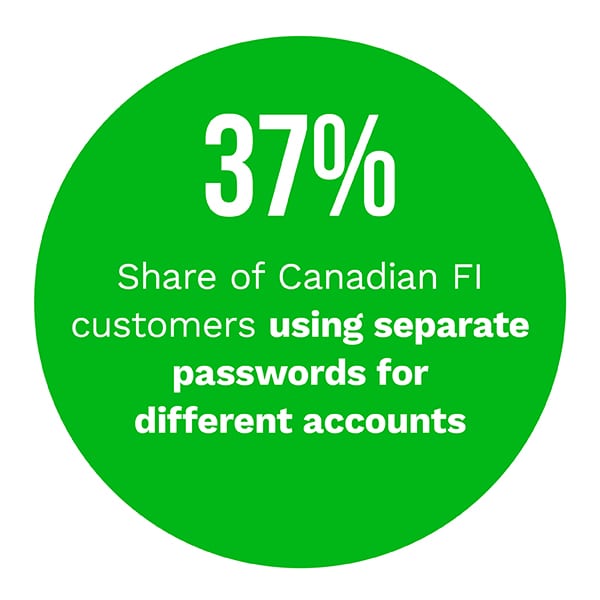 rting fraudsters using false names. This reduces the success rate of fraudsters asking for money to be transferred to their own accounts by claiming to be somebody else.
rting fraudsters using false names. This reduces the success rate of fraudsters asking for money to be transferred to their own accounts by claiming to be somebody else.
For more on these and other digital-first banking news items, download this month’s Tracker.
The Security Threats Facing ITMs And How FIs Can Protect Them
Interactive teller machines (ITMs) offer a variety of services that are normally only available inside a physical branch, like loan applications and cash deposits. These machines can be vulnerable to fraud, however, ranging from physical techniques like card skimmers to digital methods like identity theft.
In this month’s Feature Story, PYMNTS talked to Jason Powers, senior vice president of administration for Ascend Federal Credit Union, about how the CU protects its ITMs with physical anti-skimming devices and behind-the-scenes digital analytics.
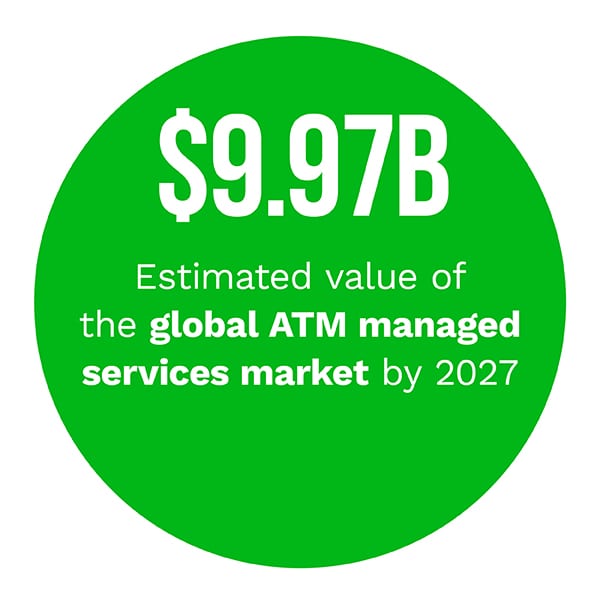 Deep Dive: Keeping Digital-First Banking Secure With AI, Biometrics
Deep Dive: Keeping Digital-First Banking Secure With AI, Biometrics
Hacking, cybercrime and various forms of digital fraud are a never-ending worry for digital-first banks, with fraudsters leveraging techniques as diverse as phishing schemes, identity theft, account takeovers and botnets to target both banks themselves and their customers. Customer protection is paramount for all FIs, but they must also keep in mind customer convenience or risk losing customers to more seamless FIs.
This month’s Deep Dive explores how FIs are harnessing customer authentication procedures like biometrics as well as AI-driven fraud detection systems to sniff out fraudsters without obstructing legitimate customers.
About The Tracker
The Digital-First Banking Tracker®, done in collaboration with NCR Corporation, is your go-to monthly resource for updates on trends and changes in digital-first banking.
